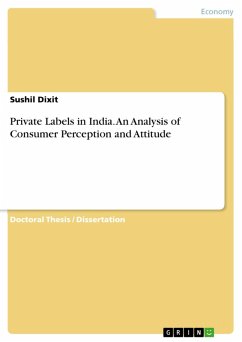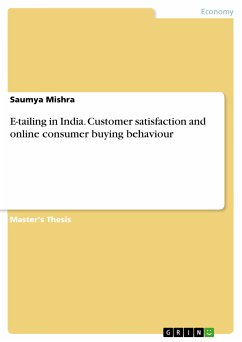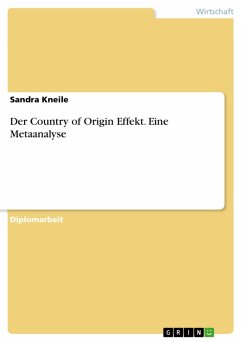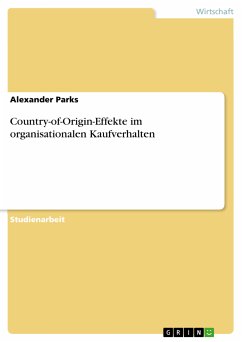Seminar paper from the year 2015 in the subject Business economics - Offline Marketing and Online Marketing, grade: 1,0, San Diego State University (Department of Business Administration), language: English, abstract: In order to summarize the external environment of India, the following report is divided into three parts - the cultural, political and economic issues concerning the country. India is divided in 28 states as well as in seven territories. The national languages are Hindi and English, but there are about 22 other official languages and nearly 400 living languages spoken in various parts of the country (Global Edge, 2014). India is called a high context culture, which means that their purpose is to maintain harmony. They don't exchange exact information and the communication in total is less direct than in western cultures. The culture of India is coined by their caste system, where people are being placed in specific groups (Hill, 2014). This determines which types of occupation a person can pursue and also the behavior of one member of society over another (Figure 1). The only chance to escape your current stage in the system is being a good Hindu and being reborn in an upper caste, which reflects the immobility of the social structure in India. Considered as the birthplace of Hindu, 80.5% of the Indian population shares their beliefs (Global Edge, 2014). They believe just in one god with many forms, which means it is a monotheistic religion like Islam and Christianity. Special features are on the one hand that God is considered both, male and female and on the other hand that cows are holy, which means it is forbidden to kill them or eat their meat.
Dieser Download kann aus rechtlichen Gründen nur mit Rechnungsadresse in A, B, BG, CY, CZ, D, DK, EW, E, FIN, F, GR, HR, H, IRL, I, LT, L, LR, M, NL, PL, P, R, S, SLO, SK ausgeliefert werden.









